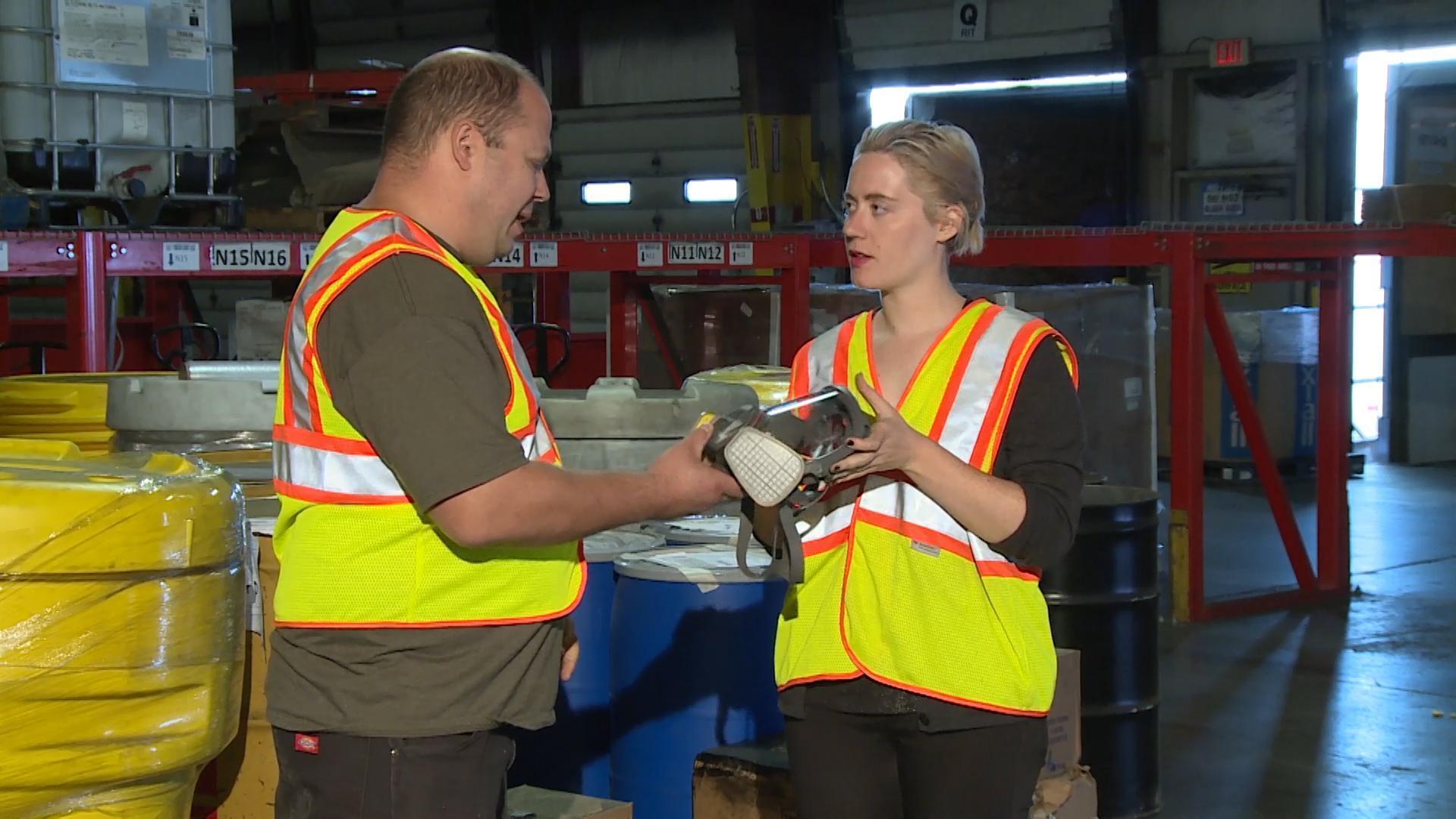Personal protective equipment (PPE) is an important part of ensuring the safety and health of workers in the workplace. PPE refers to any equipment or clothing worn by workers to protect themselves from potential hazards on the job, such as chemicals, heat, electricity, and physical dangers.
The use of PPE in the workplace is important for several reasons. First and foremost, it helps protect workers from injuries and illnesses that can occur on the job. By wearing the appropriate PPE, workers can reduce their risk of exposure to hazardous substances or conditions and can help prevent accidents and injuries.
In addition to protecting workers from injuries and illnesses, PPE is also important for compliance with OSHA regulations. OSHA requires employers to provide their workers with the appropriate PPE for the tasks they are performing and to train workers on how to properly use and care for their PPE. By providing PPE and training, employers can demonstrate their commitment to worker safety and avoid potential penalties for non-compliance with OSHA regulations.
The use of PPE can also help improve productivity in the workplace. When workers are protected from hazards and feel safe on the job, they are likely to be more engaged and focused on their work. This can lead to higher productivity and a more positive work environment overall.
The use of personal protective equipment is an essential part of ensuring the safety and health of workers in the workplace. By providing workers with the appropriate PPE and training them on how to use it properly, employers can help prevent accidents and injuries, comply with OSHA regulations, and improve productivity in the workplace.
In addition to the importance of personal protective equipment (PPE) in the workplace, it is also important to understand the different types of PPE commonly used in different industries and settings. Some of the most common types of PPE include:
- Respiratory protection: This PPE protects workers from inhaling hazardous substances, such as chemicals, dust, and fumes. This can include disposable and reusable respirators, as well as air-purifying and air-supplied respirators.
- Eye and face protection: This type of PPE protects workers’ eyes and faces from hazards such as flying debris, splashes, and ultraviolet (UV) radiation. This can include safety glasses, goggles, face shields, and welding helmets.
- Hearing protection: This type of PPE protects workers’ hearing from loud noises and other hazardous sound levels. This can include earplugs, earmuffs, and other types of hearing protectors.
- Head protection: This type of PPE protects workers’ heads from impact, falling objects, and electrical shocks. This can include hard hats, bump caps, and other types of head protection.
- Foot and leg protection: This PPE protects workers’ feet and legs from hazards such as heavy objects, sharp objects, and electrical shocks. This can include steel-toed boots, safety shoes, and leggings.
- Hand and arm protection: This type of PPE protects workers’ hands and arms from hazards such as cuts, abrasions, burns, and electrical shocks. This can include gloves, sleeves, and hand guards.
Overall, personal protective equipment is an essential part of ensuring the safety and health of workers in the workplace. By providing workers with the appropriate PPE and training them on how to use it properly, employers can help prevent accidents and injuries, comply with OSHA regulations, and improve productivity in the workplace.
Do you need Online Training for Personal Protective Equipment?
Try a free demonstration of our Personal Protective Equipment training, where you can see the full content of the training program and how the system works from the perspective of the trainee:










